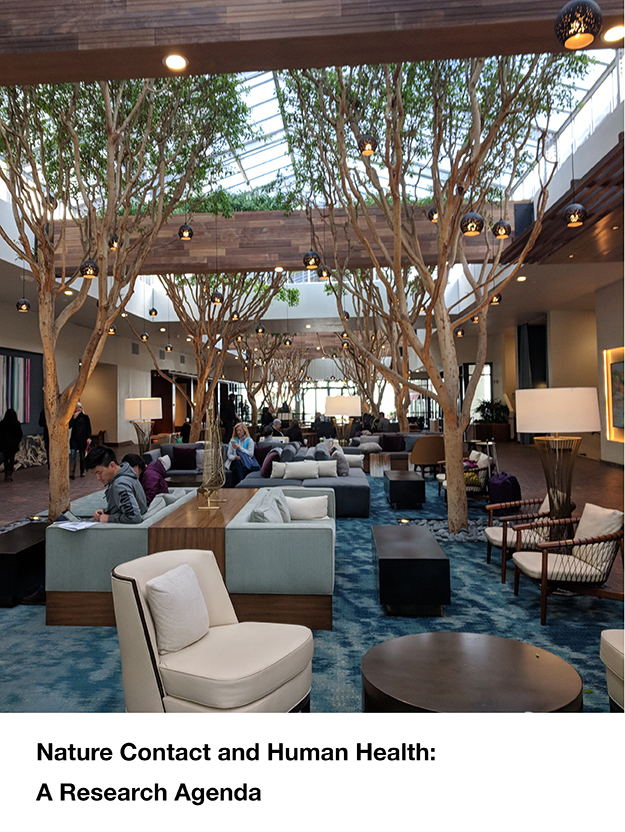Nature Contact and Human Health

Humans are increasingly disconnected from nature. Most people— over half globally, and approximately four in five Americans—live in urban areas, where nature contact is typically limited (United Nations 2015). Surveys reveal that Americans spend >90% of their time indoors: most of that time is spent in buildings, and a smaller portion in vehicles (Klepeis et al. 2001). Screen time has reached daily averages of 1 h 55 min for children younger than 8 y old (Rideout 2013) and 7 h 38 min for those between 8 and 18 y old (Rideout et al. 2010). In 2016, the average “total media consump- tion” was 10 h 39 min per day among adults and was rising (Nielsen 2016). Park visitation, hunting, fishing, camping, and children’s outdoor play have all declined substantially over recent decades (Clements 2004; Frost 2010; Pergams and Zaradic 2008). In this context, recent years have seen a blossoming of scien- tific interest in the benefits of nature contact for human health and well-being. Several recent reviews have summarized and evaluated the growing evidence base (Bowler et al. 2010; Hartig et al. 2014; James et al. 2015; Lee and Maheswaran 2011; Martens and Bauer 2013; Russell et al. 2013; Seymour 2016). This literature reveals an extraordinarily broad range of benefits, albeit with varying levels of evidentiary support (Table 1). Despite this considerable body of evidence, key questions remain unresolved (Frumkin 2013). In this paper, we propose a research agenda on nature contact and health, with the aim of systematically identifying key questions that merit research attention.





